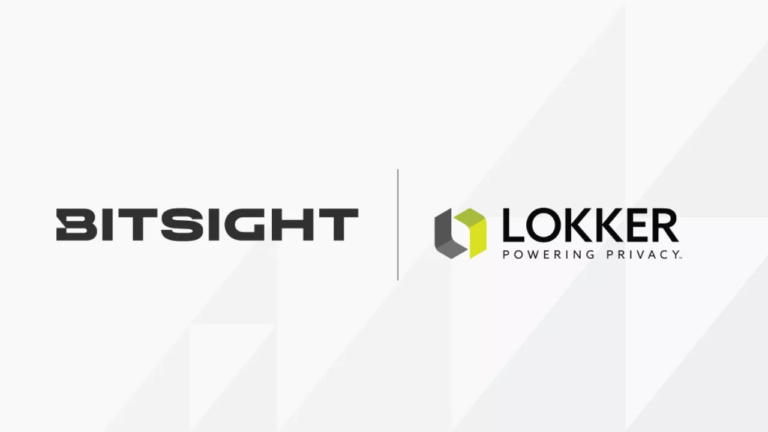Since GDPR came into play, consent management platforms have become essential, and with them, the now-ubiquitous cookie consent banners exploded onto the scene in 2018. These banners directly responded to GDPR’s mandate that websites secure explicit user consent before storing or accessing cookies.
While hailed as a win for privacy, this shift sent shockwaves through the marketing world. Marketers quickly saw the writing on the wall: with cookies blocked, analytics tools might miss crucial data, and advertising tools could lose their edge. Even a 20% drop in tracked traffic could slice a significant chunk of revenue, shrinking the potential ad audience by a fifth.
To counteract this, companies began deploying “dark patterns”—sneaky design tricks to nudge users into giving consent while staying just within the bounds of legality. These deceptive designs often make opting out a frustrating ordeal, ensuring higher consent rates at the cost of user trust.
What are dark patterns in cookie consent?
What exactly is a cookie consent dark pattern? It’s a manipulative tactic websites use to coax users into accepting tracking cookies or data collection. Here are some of the most common examples:
- Pre-selected Consent: Websites often present users with consent checkboxes that are already ticked. This pre-selected option makes it easy for users to inadvertently agree to data collection without even realizing it. Since many people breeze through these banners, they may unknowingly consent simply because they didn’t take the time to untick the box. This tactic leverages user inattention to secure more consents, bypassing the need for a deliberate decision.
- Confusing Language: Some websites use overly complex, technical, or ambiguous language in their consent banners. The wording can be so convoluted that users might struggle to understand exactly what they’re agreeing to. For instance, a banner might describe cookies using benign or necessary jargon, leading users to accept without fully grasping the implications. This lack of clarity undermines the very purpose of informed consent, tricking users into compliance.
- Hidden Decline Options: In many cases, the “decline” or “reject all” options are deliberately made difficult to find. They might be hidden in a drop-down menu, presented in a smaller font, or placed in a less noticeable part of the banner. Meanwhile, the “accept all” button is often prominently displayed, brightly colored, and positioned front and center. This imbalance in design creates a frictionless path to acceptance while making rejection cumbersome, steering users toward the website’s preferred option.
- Frustrating Choices: Some consent banners make it unnecessarily difficult for users to reject cookies. For example, rejecting cookies might require navigating multiple layers of settings or dealing with numerous pop-ups. Each step adds friction, making opting out time-consuming and frustrating. In contrast, the “accept all” option is usually just one click away, designed for maximum convenience. This disparity pressures users into accepting all cookies simply to avoid the hassle of rejecting them.
- Lack of Real Choices: Certain banners are designed to offer no genuine choice at all. Instead of presenting both “accept” and “decline” options, these banners might only provide an “accept” button, with no visible alternative for opting out. In some cases, users are forced to accept cookies to access the site’s content, essentially turning consent into a precondition for entry. This approach strips users of their ability to make a meaningful choice, reducing consent to a mere formality.
- Unapproved Data Sharing: In the most deceptive cases, websites might share user data even if the user hasn’t explicitly consented. This could happen through poorly designed consent banners that automatically share data upon interaction, or through backend processes that collect data regardless of user input. Users might believe they’ve declined consent, only to find out later that their data was shared anyway. This practice breaches trust and flouts the principles of transparency and user autonomy that GDPR was designed to protect.
These tactics are crafted to increase consent rates, but often at the cost of user privacy. However, only some issues are intentional. Poor web design or sloppy UX design can also cause problems. For instance, if a promotional pop-up appears before a cookie consent banner, clicking on it might close the banner automatically, bypassing the consent process altogether.
As privacy laws evolve and more states enforce opt-in or opt-out requirements, cookie consent banners are becoming more widespread. Our research shows that about 67% of U.S. companies now use these banners, creating even more opportunities for dark patterns or slipping past regulations.
While these tools were meant to give users more control over their data, dark patterns often undermine that control, turning a privacy win into a transparency loss. The real challenge is balancing legal compliance with genuine user consent without using these underhanded tactics.
This is part of our series on consent management.
Read more about the technical limitations and common mistakes made during implementation.
Consequences of deploying dark patterns in your consent banner
Deploying dark patterns in your consent banners isn’t just shady—it’s illegal. Several laws explicitly crack down on these deceptive tactics, making it clear that tricking users into giving consent won’t fly. Here’s how the legal landscape is shaping up:
- California Privacy Rights Act (CPRA): The CPRA is clear—using dark patterns to obtain consent is unacceptable. The law defines dark patterns as interfaces that undermine user autonomy or decision-making. Any consent obtained through these manipulative tactics is considered invalid. The CPRA insists on transparency and fairness, meaning your consent banners must be straightforward—no more burying the “Decline” button or confusing users with legalese.
- Colorado Privacy Act (CPA): Colorado has also jumped on the anti-dark patterns bandwagon. The CPA prohibits these tactics in obtaining consent, aiming to protect consumers by ensuring their consent is truly informed and given without trickery or coercion. It’s all about giving users a genuine choice.
- General Data Protection Regulation (GDPR): While the GDPR doesn’t explicitly call out dark patterns, it has no tolerance for them. Consent under GDPR must be “freely given, specific, informed, and unambiguous.” The European Data Protection Board (EDPB) has clarified that dark patterns just don’t cut it. Using them would mean your consent process is invalid, opening the door to significant fines and penalties.
- UK Data Protection Act 2018: The U.K.’s version of GDPR also stands firm against dark patterns. Any deceptive design aimed at snagging consent will likely be non-compliant with this law. The message is simple: consent needs to be explicit and clear, without any underhanded tactics.
- Federal Trade Commission (FTC) ‘s UDAP: The FTC in the U.S. is cracking down hard on dark patterns, labeling them unfair and deceptive practices under Section 5 of the FTC Act. Whether it’s cookie consent notices or other interfaces, manipulating user choice is a violation of the law. The FTC is serious about protecting consumers and using dark patterns could land your business in hot water.
Using dark patterns might seem like a quick win, but the risks are high. Not only do you face potential legal action and fines, but you also risk eroding user trust and damaging your brand’s reputation. The bottom line? It’s just not worth it. Stick to transparent, honest consent practices that respect your users’ autonomy and keep you on the right side of the law.
Is Your Consent Banner Up to Par?
Don’t wait for a legal notice to find out. Request a personalized consent verification report from Lokker. We offer a free sample report that scans a few pages of your website to determine if your consent banner is truly working. We’ll check for missing cookies, active tracking despite “Reject All” selections, and more.
Have questions or concerns? Reach out to us to learn more about our new consent management platform, specifically designed to address these common pitfalls.








